Tuesday, February 28, 2017 - 04:33 AM UTC
The new book on “Landscapes of War” series invites the modellers to take a trip through the most important rural scenarios of European WWII.
This book easily explains the use of the new materials which are easily available to the modeller for building realistic looking dioramas following the step by step processes described.
This book easily explains the use of the new materials which are easily available to the modeller for building realistic looking dioramas following the step by step processes described.
Modellers from three different European countries get together in order to portray the most important rural scenarios of WWII.
Along with this purpose, what makes this book so special is the wide range of new materials and tools employed and reviewed for the execution this kind of work.
This third installment of “Landscapes of War” can be seen as a small treatise of European architecture on one hand and as a practical encyclopaedia for building dioramas on the other hand.
This book deals with extruded polystyrene, balsa-foam, foam cardboard, wood, Plasticard and different brands of putty (Duro, A+B, SuperSculpey, Magic Sculp) and the exhaustive step by step processes explaining the nature of this work.
Curiously enough, each author has chosen to portray the buildings foreign to their own environments, so Frederik Astier (French) has made a German scenario, Volker Bembennek (German) has chosen a French scene, Javier Redondo (Spanish) has created an Italian building and Robert Doepp (German) makes a pretty standard bridge scene.
All the works featured were made in the 1:35 scale with the exception of the last one mentioned that was made in the 1:6th scale.
The book has 160 pages in English, and it is already available for preorder at a discounted price until 9th of March from Accion Press website
Along with this purpose, what makes this book so special is the wide range of new materials and tools employed and reviewed for the execution this kind of work.
This third installment of “Landscapes of War” can be seen as a small treatise of European architecture on one hand and as a practical encyclopaedia for building dioramas on the other hand.
This book deals with extruded polystyrene, balsa-foam, foam cardboard, wood, Plasticard and different brands of putty (Duro, A+B, SuperSculpey, Magic Sculp) and the exhaustive step by step processes explaining the nature of this work.
Curiously enough, each author has chosen to portray the buildings foreign to their own environments, so Frederik Astier (French) has made a German scenario, Volker Bembennek (German) has chosen a French scene, Javier Redondo (Spanish) has created an Italian building and Robert Doepp (German) makes a pretty standard bridge scene.
All the works featured were made in the 1:35 scale with the exception of the last one mentioned that was made in the 1:6th scale.
The book has 160 pages in English, and it is already available for preorder at a discounted price until 9th of March from Accion Press website
Click Star to Rate
5 readers have rated this story.
THIS STORY HAS BEEN READ 8,436 TIMES.
| Acción Press Reviews | MORE |
| Diorama Project Vol 1 by Carlos Martin | |
| German Camouflages 1943-1945 by Jim Starkweather | |
| Panzer Aces Profiles 2 by Carlos Martin | of 1 ratings, 100% found this helpful | |
| Brick Mould by Carlos Martin | |
| Stone Wall by Carlos Martin | |
| Panzer Aces #54 by Jim Starkweather | |
| Landscapes of War: Vol III by Rick Cooper | |
| Rural Environments by Carlos Martin | of 1 ratings, 100% found this helpful | |
| Vignettes. A How-to Guide by Carlos Martin | of 1 ratings, 100% found this helpful | |
| Panzer Aces #51 Special Issue by Jim Starkweather | |
| Landscapes of War Vol. II by Jim Starkweather | of 1 ratings, 0% found this helpful | |
| Panzer Aces #50 by Jim Starkweather | of 1 ratings, 100% found this helpful | |
| Panzer Aces #49 Special WWI by Jim Starkweather | |
| Panzer Aces No.48 by Jim Starkweather | |
| Landscapes of War - Dioramas by Jim Starkweather | |





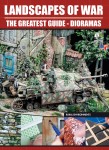
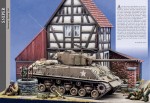
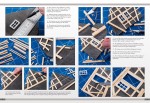
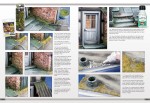
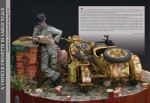

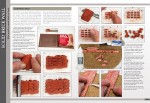

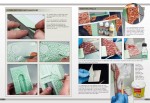

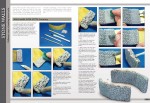
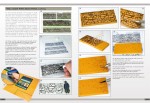
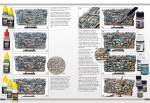

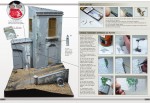
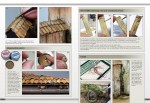



Comments